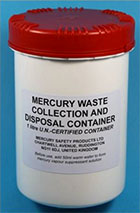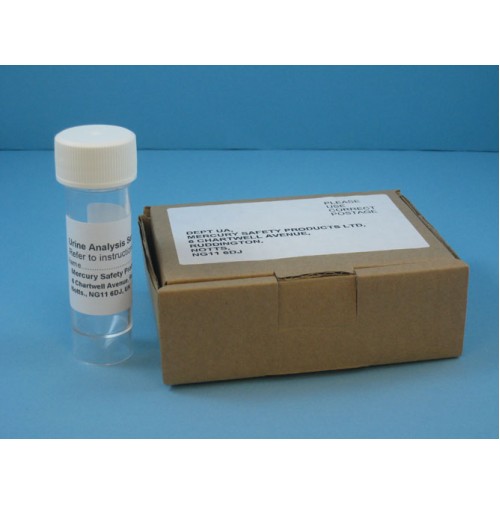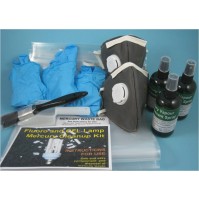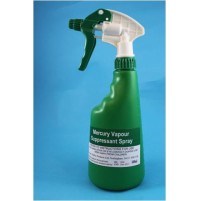Featured
Mercury Spillage Kit Mercury Spillage Kits& Accessories Personal Protection Mercury Waste
Containers Mercury Exposure
Monitoring Consumer Products FREE Downloads
Instructions & Mercury Safety Policies HERE
COSHH regulations say
Wherever mercury is used you must have the equipment to clear up a mercury spillage
Urine Analysis Service - Professional
Urine analysis service
Who needs this service ?
The Dental Team
The BDA advises that all members of the dental team who are exposed to mercury in the form of placing or removing dental amalgam fillings should be monitored annually for mercury exposure. Urine analysis is far more sensitive than hair or blood analysis because it measures total body burden from all routes (inhalation, ingestion, skin absorption) and from both inorganic (metal, dust and vapour) and organic forms. Some conversion of metallic mercury to organic forms does occur in the body due to the action of bacteria in the mouth and gut.
Should everyone in the dental team be measured ?
No, not all at once. Our suggestion is to limit costs by using the following approach:
Each dentist working in the practice should have a urine mercury assessment. If any of the results appear high, then it is likely that the same exposure risks that have contributed to that high reading will also apply to the dental assistant working in the same room. So a high reading in the dentist should be followed up by measuring exposure of their DSA. It is unlikely that a DSA will show a high reading if their associated dentist does not.
How long does it take ?
Analysis usually takes 7 to 10 days from when we receive the sample. Urine samples are analysed by an external laboratory which is accredited by the Health and Safety Executive in the UK, which is your assurance of a highly professional and accurate service. The analysis is done by atomic absorption spectroscopy, with sensitivity down to 2 parts per billion (2 micrograms mercury per litre).
How do I get the results ?
You tell us how you would like to receive your results: by email, fax or letter. The results report shows your reading, put into the context of average results for dentists and dental staff. From this you can start to evaluate exposure risks in your own practice, to take practical steps to reduce mercury exposure.
Practical help in managing exposure risk in the dental practice
You may also wish to purchase the Resource CD (available on this site) which contains a Practice Assessment Survey enabling you to evaluate all of the exposure risks in your practice.
Industry and Laboratory Staff
Our non-dental customers for this service come from a wide range of professions: schools, colleges and universities; biomedical engineers, the oil industry, the military, antique restorers, streetlamp maintenance engineers and so on.
Everyone who is exposed to mercury is required by COSHH to have the means of managing spillage, and if you are regularly exposed to mercury, it makes sense to check if your protection is adequate, to avoid hazardous effects on health.
Are the results of mercury exposure permanent ?
No, the half-life of mercury in the body is about 90 days. If you are able to identify the likely source of mercury, and eliminate it, then your body burden (and the likely health impact of this) will halve every 3 months. So in a year, you will have eliminated over 90% of your body burden, provided the source has been removed. In the same way, mercury accumulates in the body with a half life of 90 days and so it can take a year or more for mercury levels in the body to reach their peak, at constant exposure.




